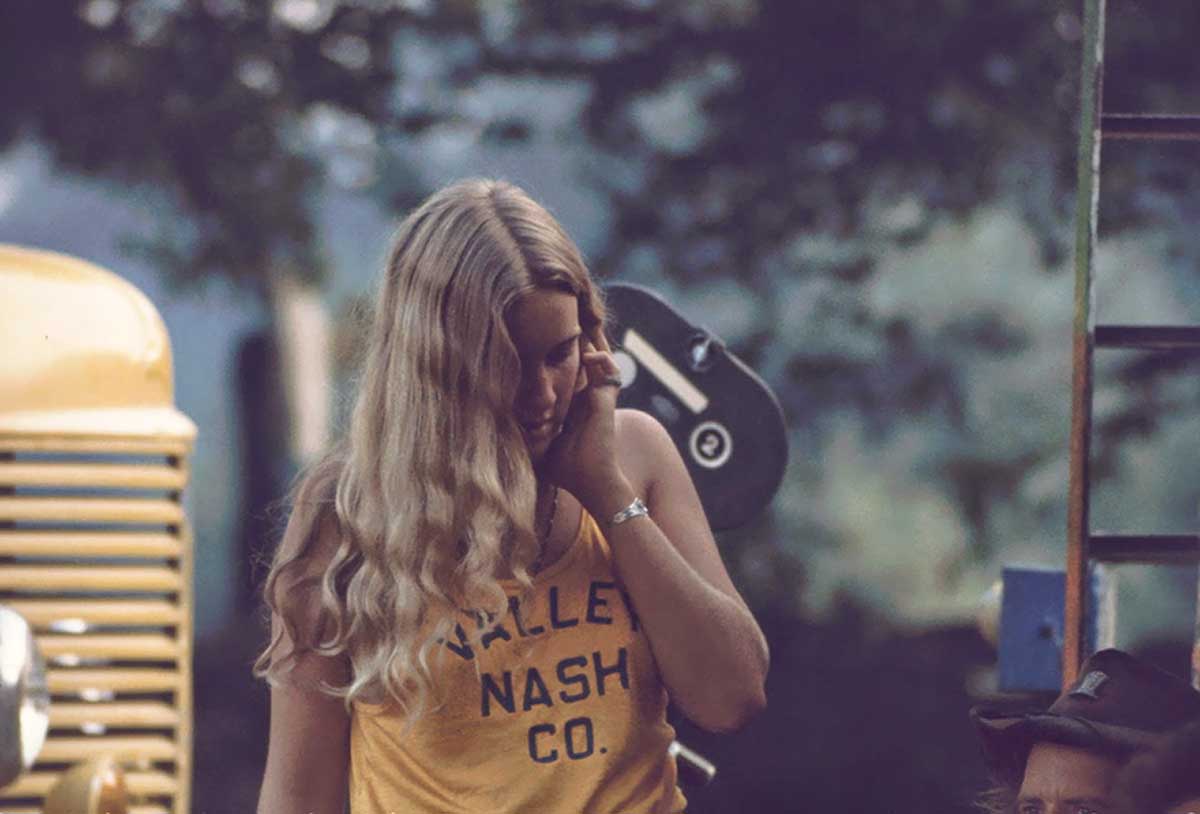
No one expected the 1969 Woodstock concert and festival to draw a crowd estimated at half-million — nor that the gathering would become a legendary touchstone for the counterculture of the 1960s and a unique event in the history of music.
Held in the open air on Max Yasgur’s dairy farm in Bethel, New York, Woodstock 1969 can now be looked upon as one of the most important events of the twentieth century.
From selecting the site to negotiating with the musicians, the concert’s organizers encountered obstacles.
Many residents objected to the “lifestyle” of the concertgoers, specifically, their use of drugs and their opposition to the Vietnam War.
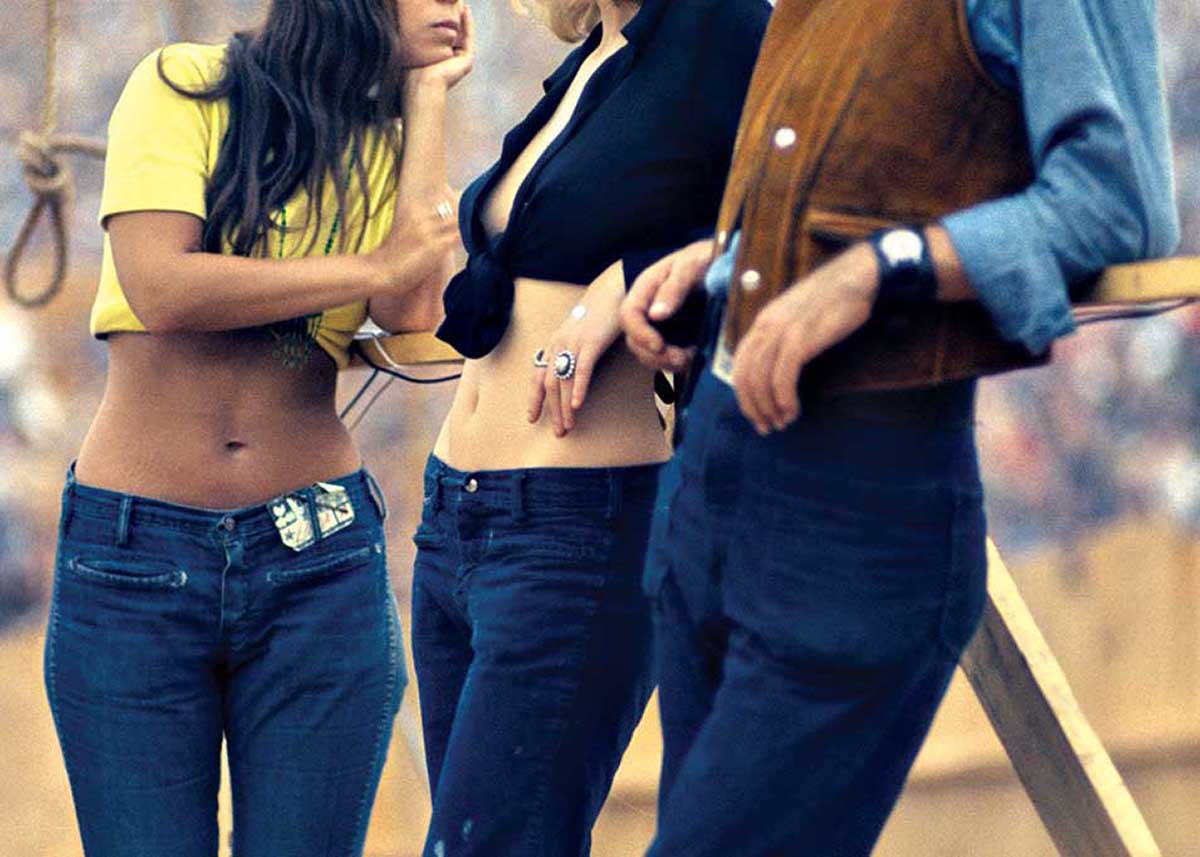
The event finally went forward, scheduled for Friday, August 15, through Sunday, August 17, 1969 (the festival actually concluded on Monday, August 18).
Nothing ran smoothly: torrential rains, clogged roadways, shortages of food and drink, and widespread drug use added to the chaos -yet the event was remembered as a nearly mystical experience. “I was at Woodstock” is a claim to fame that still resonates.
The festival crowd consisted of “hippies,”, “flower children,” anti-war (Vietnam) youth, civil-rights proponents, and many others who felt disenfranchised by “the system”.
The event, which had been promoted as a celebration of “Love and Peace”, somehow remained so, held together by the thrilling musical performances.

The legendary festival with its half a million attendees illustrates the era perfectly — the groovy vibes, peaceful mindset, and of course, the 1960s fashion.
This photo collection covers the fashion of the original Woodstock that still resonates with the new generations.
Home-wrought and handmade techniques that remain in fashion today were born out of the Woodstock era: tie-dye was created in the kitchen sink while crochet, previously reserved for grandma’s bedspread, was used to make barely-there bras.

The ultimate symbol of rebellion favored by Marlon Brando and James Dean in the 1950s, denim was everywhere, but in the late 1960s true blues were painted, frayed, embroidered, and patchworked, signaling a new psychedelic kind of aesthetic insurgency.
Starting in 1967, youth culture began to change musically and Mod culture shifted to a more laid back hippie or Bohemian style.
Hosiery manufacturers of the time like Mary Quant (who founded Pamela Mann Legwear) combined the “Flower Power” style of dress and the Pop Art school of design to create fashion tights that would appeal to a female audience that enjoyed psychedelia.

Ponchos, moccasins, love beads, peace signs, medallion necklaces, chain belts, polka dot-printed fabrics, and long, puffed “bubble” sleeves were popular fashions in the late 1960s.
Both men and women wore frayed bell-bottomed jeans, tie-dyed shirts, work shirts, Jesus sandals, and headbands. Women would often go barefoot and some went braless.

The idea of multiculturalism also became very popular; a lot of style inspiration was drawn from traditional clothing in Nepal, India, Bali, Morocco, and African countries.
Because inspiration was being drawn from all over the world, there was an increasing separation of style; clothing pieces often had similar elements and created similar silhouettes, but there was no real “uniform”.
Fringed buckskin vests, flowing caftans, the “lounging” or “hostess” pajamas were also popular.
“Hostess” pajamas consisted of a tunic top over floor-length culottes, usually made of polyester or chiffon.
Long maxi coats, often belted and lined in sheepskin, appeared at the close of the decade.
Animal prints were popular for women in the autumn and winter of 1969.

Women’s shirts often had transparent sleeves. Psychedelic prints, hemp, and the look of “Woodstock” emerged during this era.
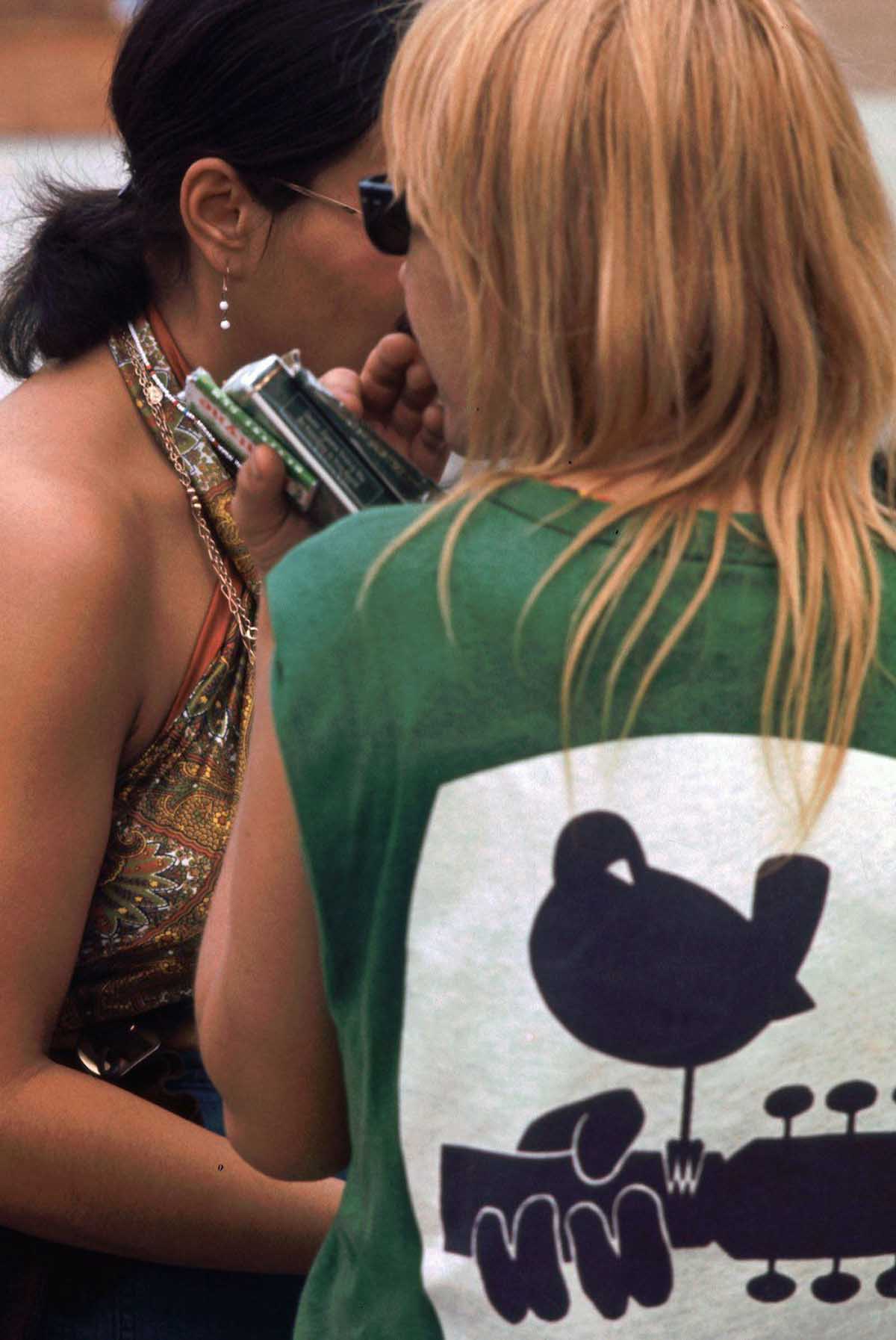




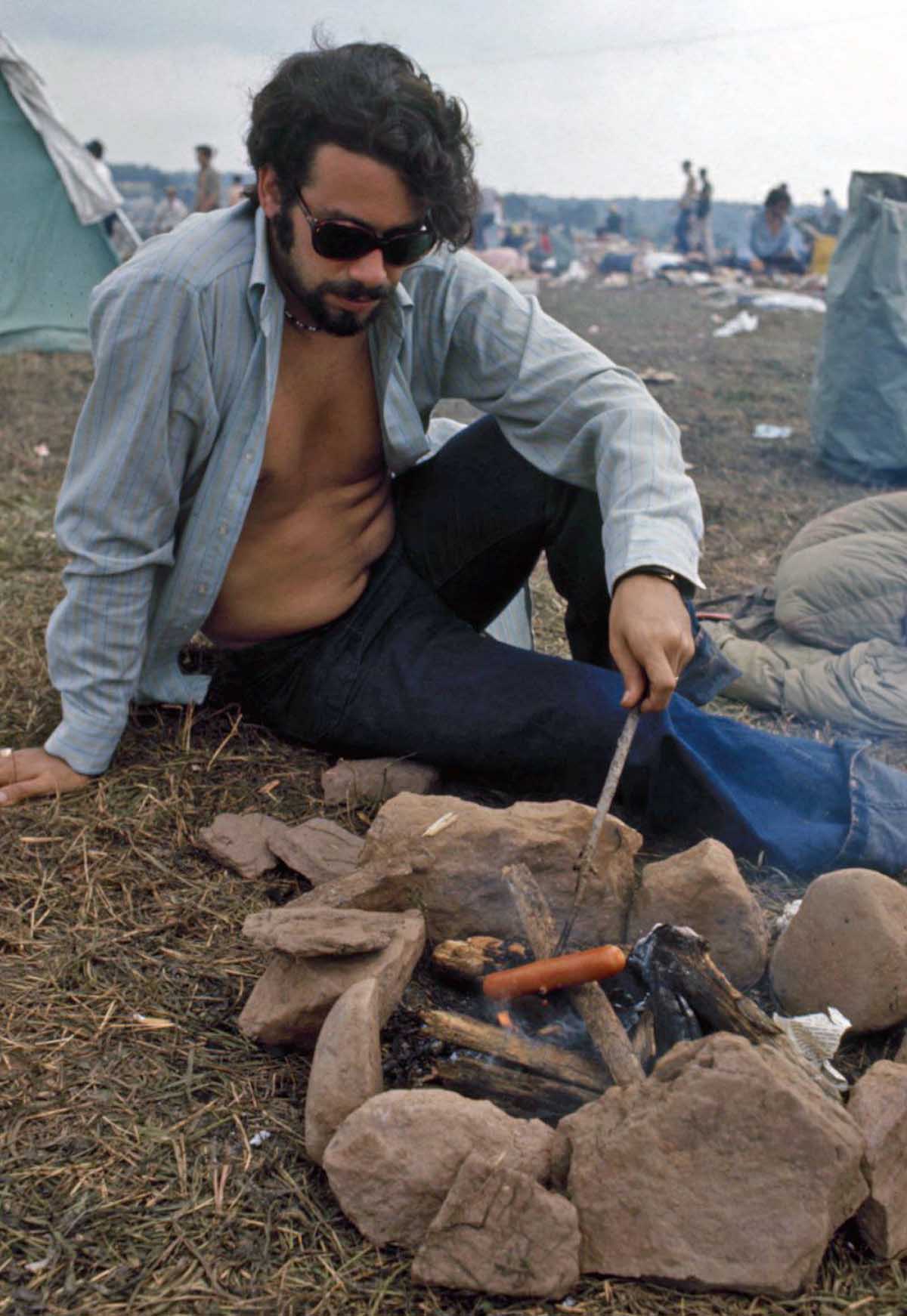
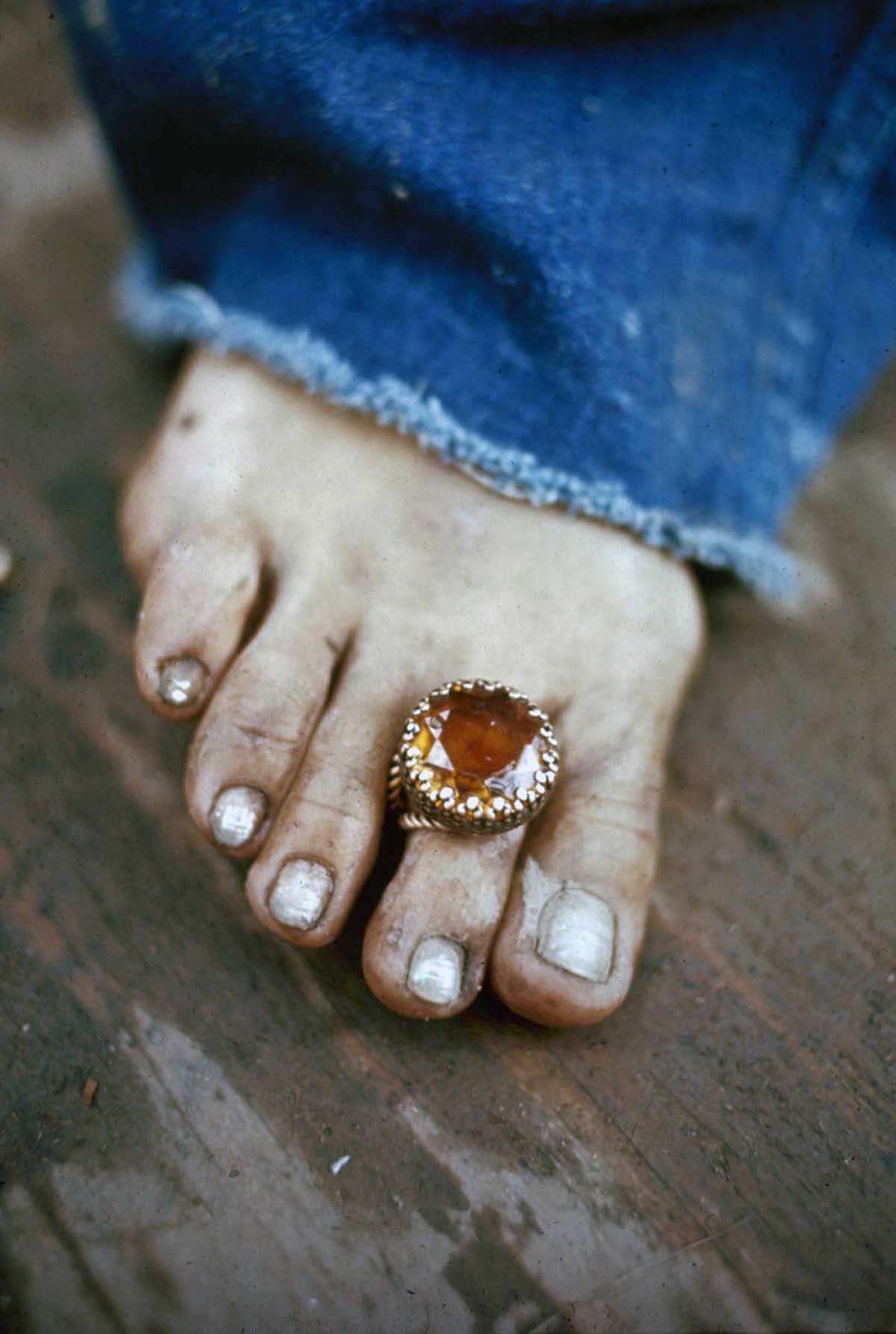

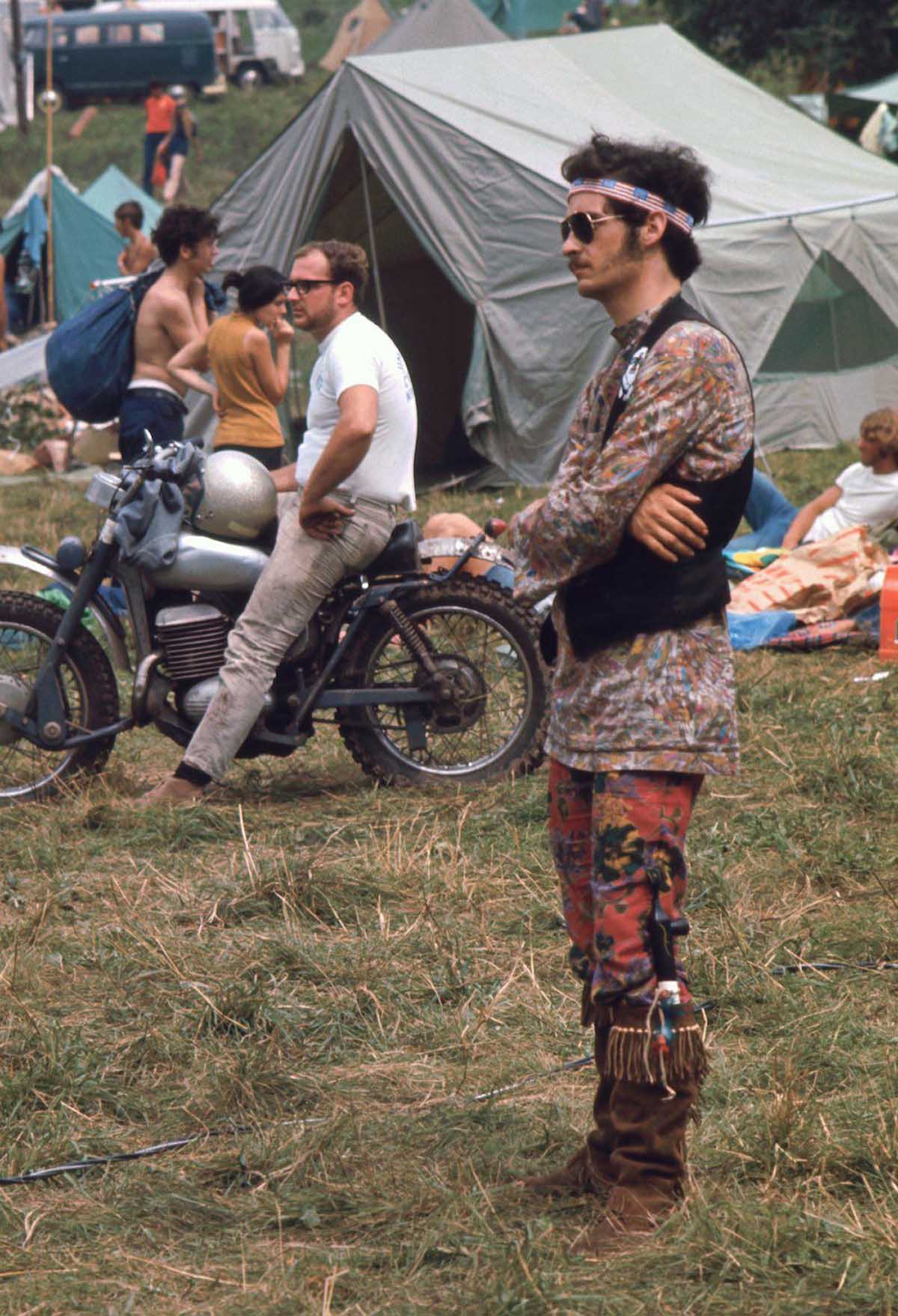


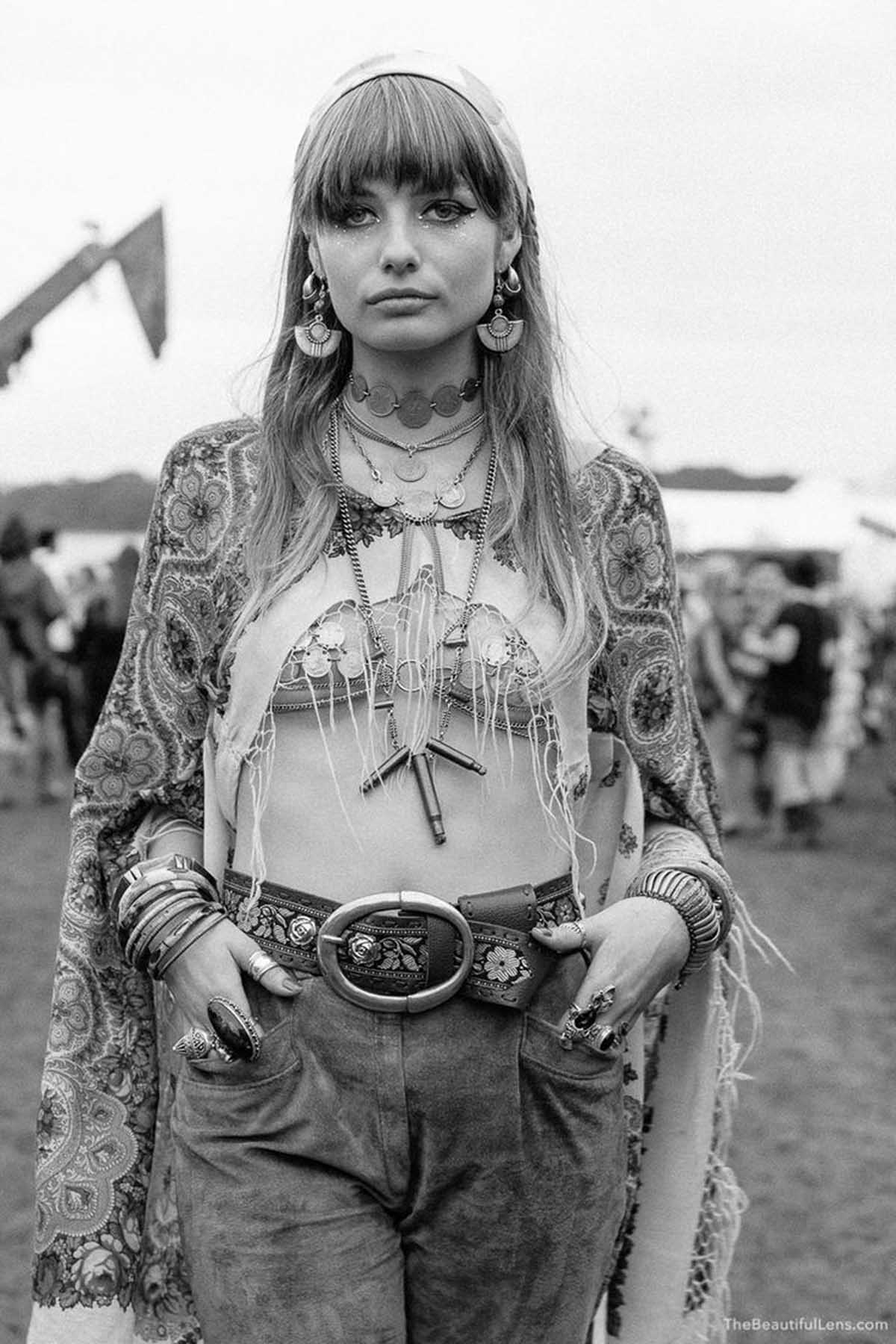




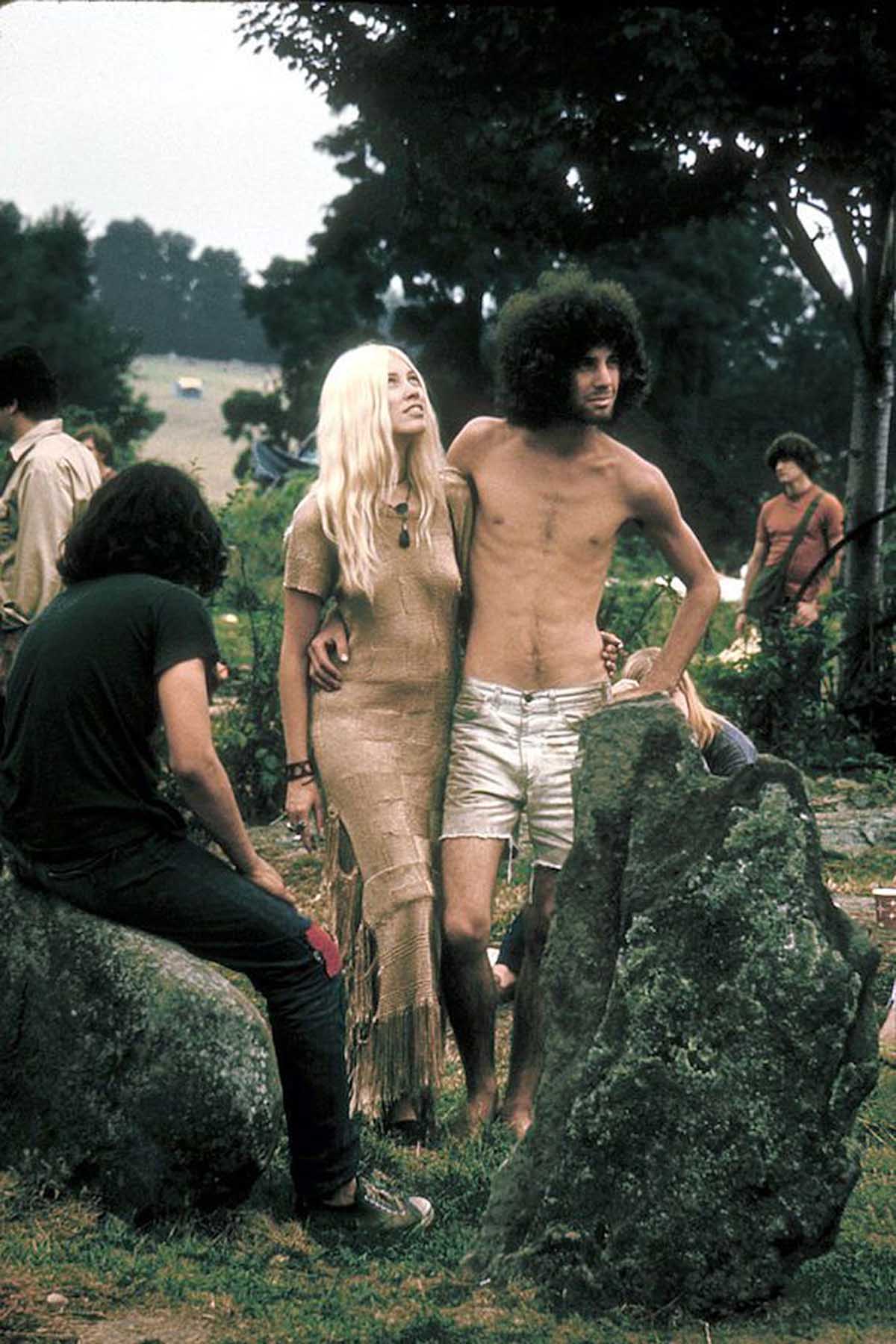

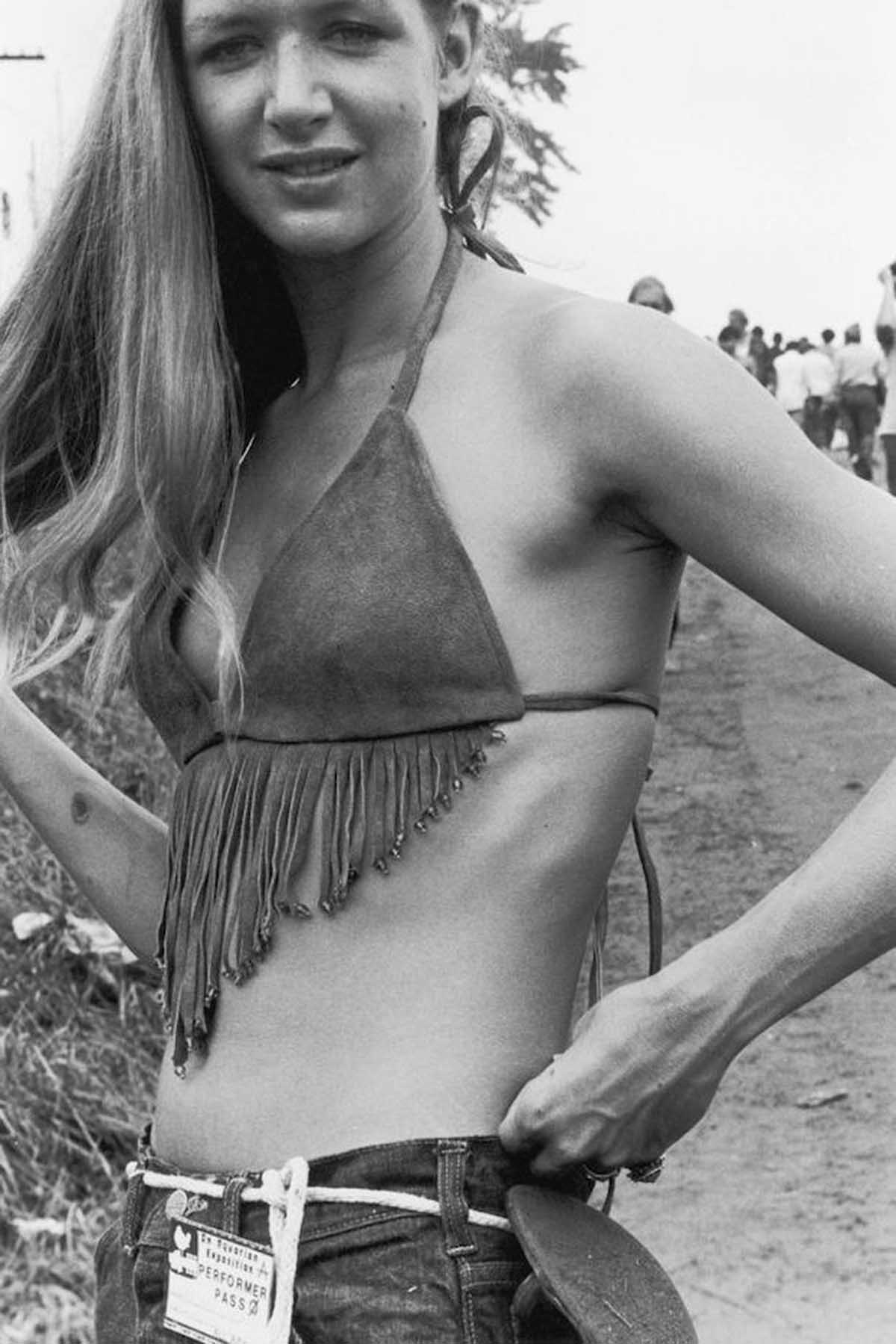

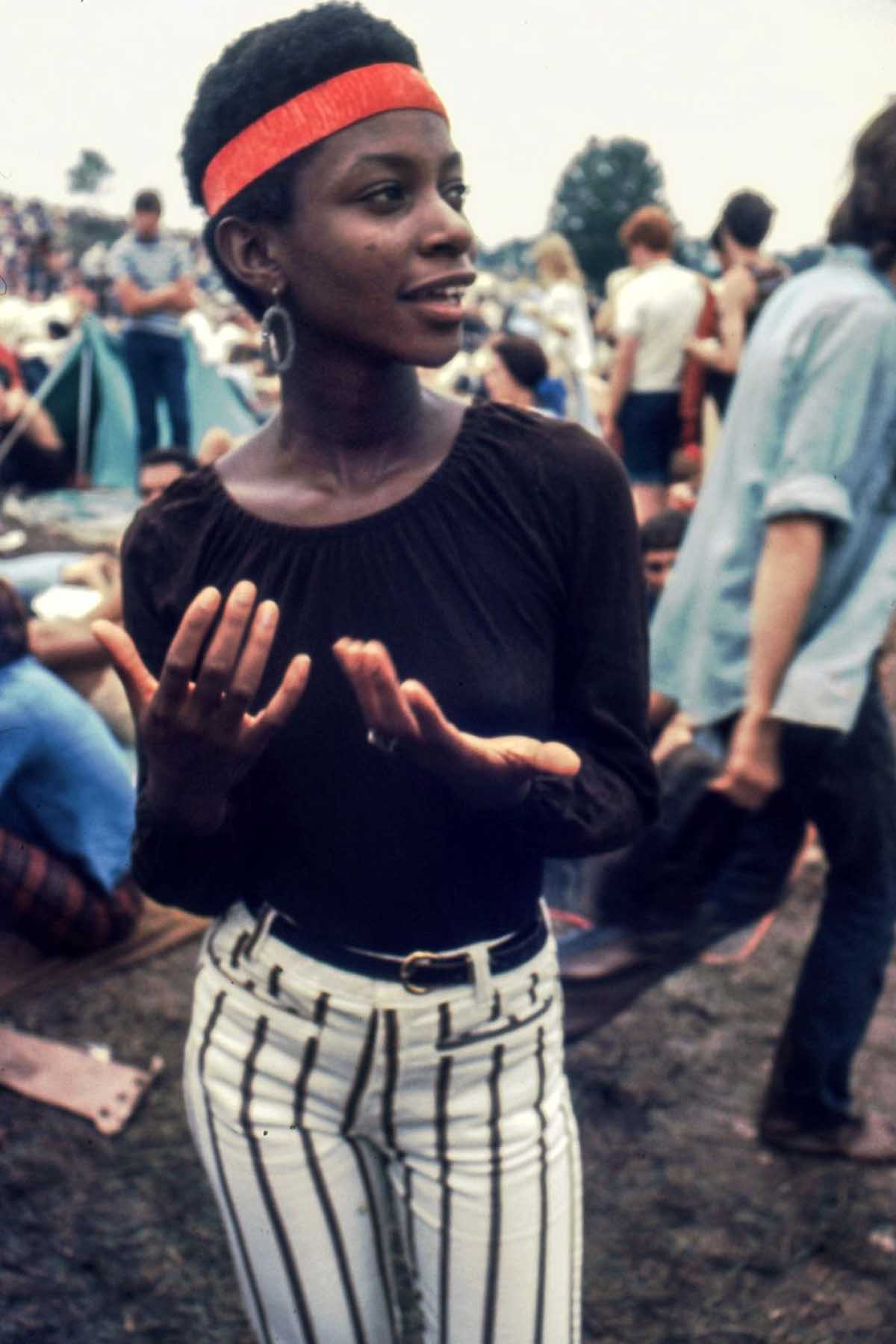


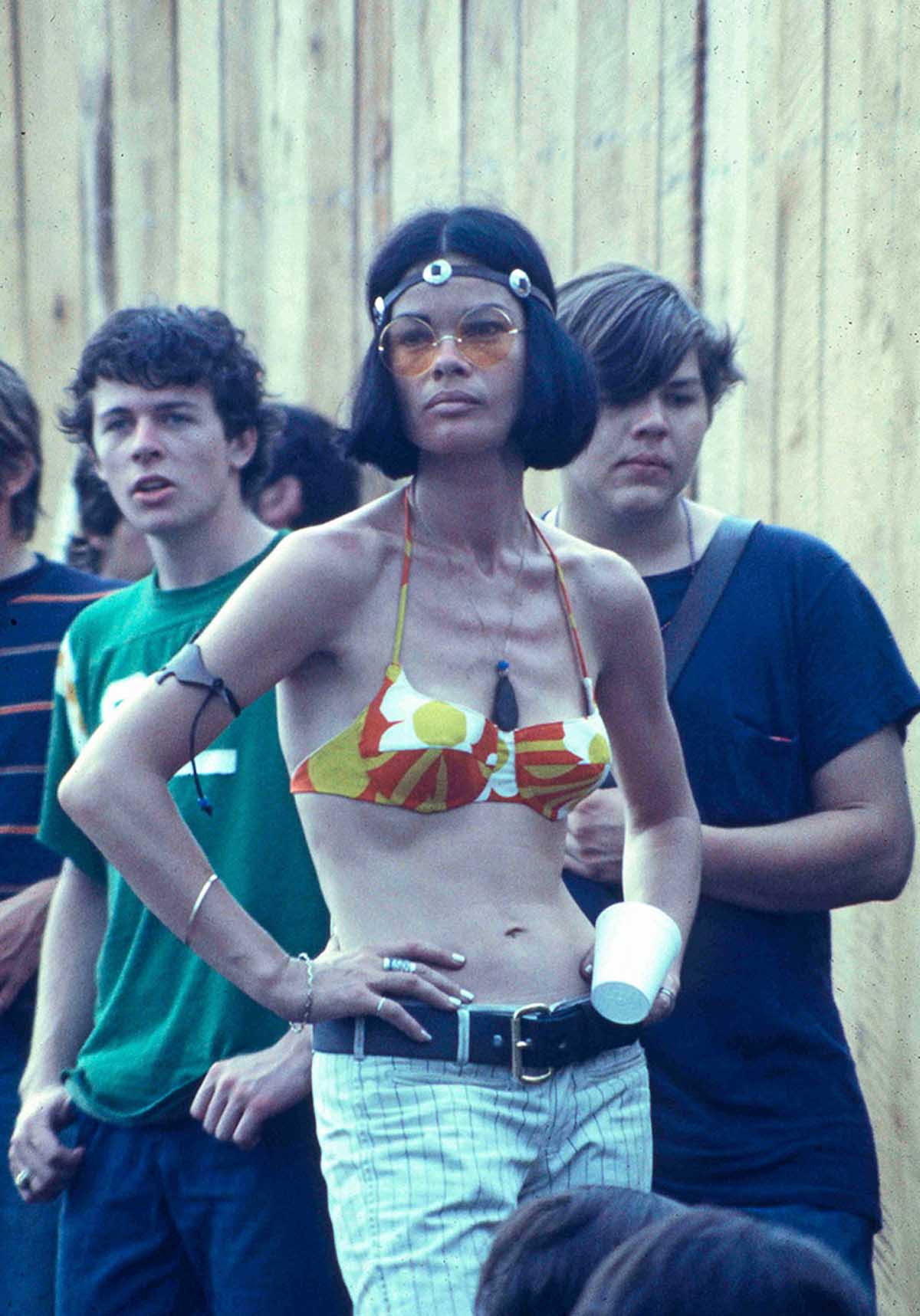



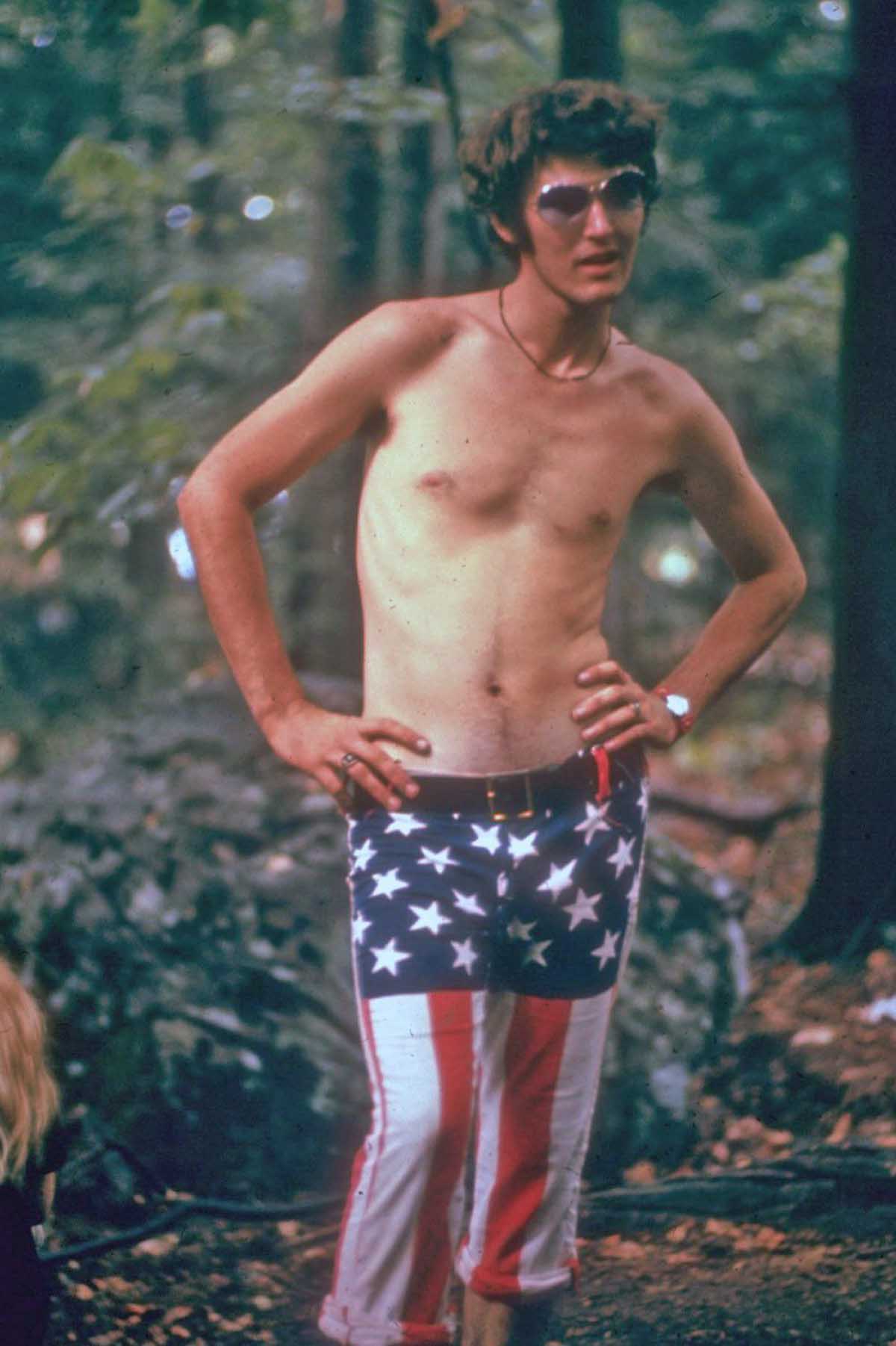
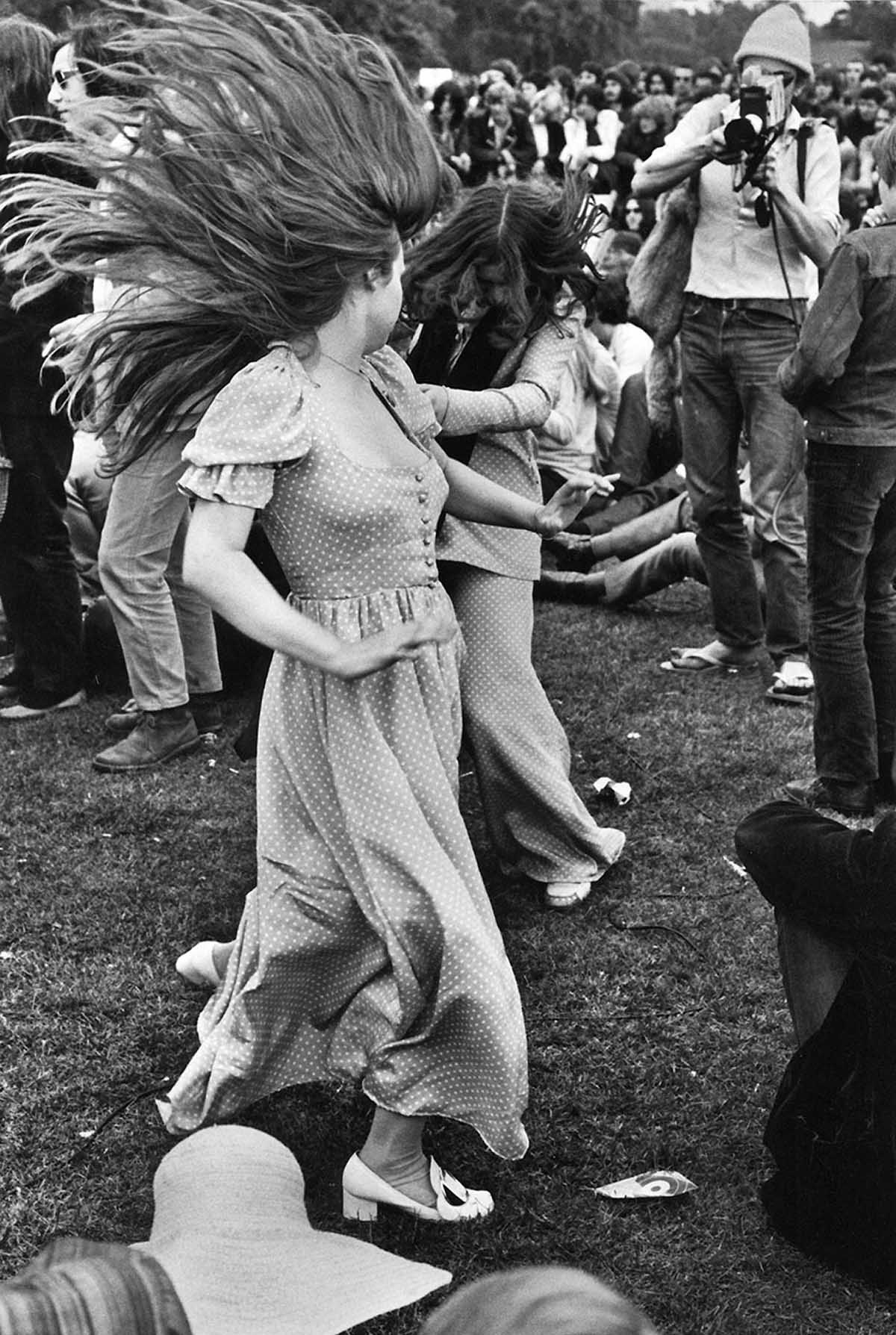
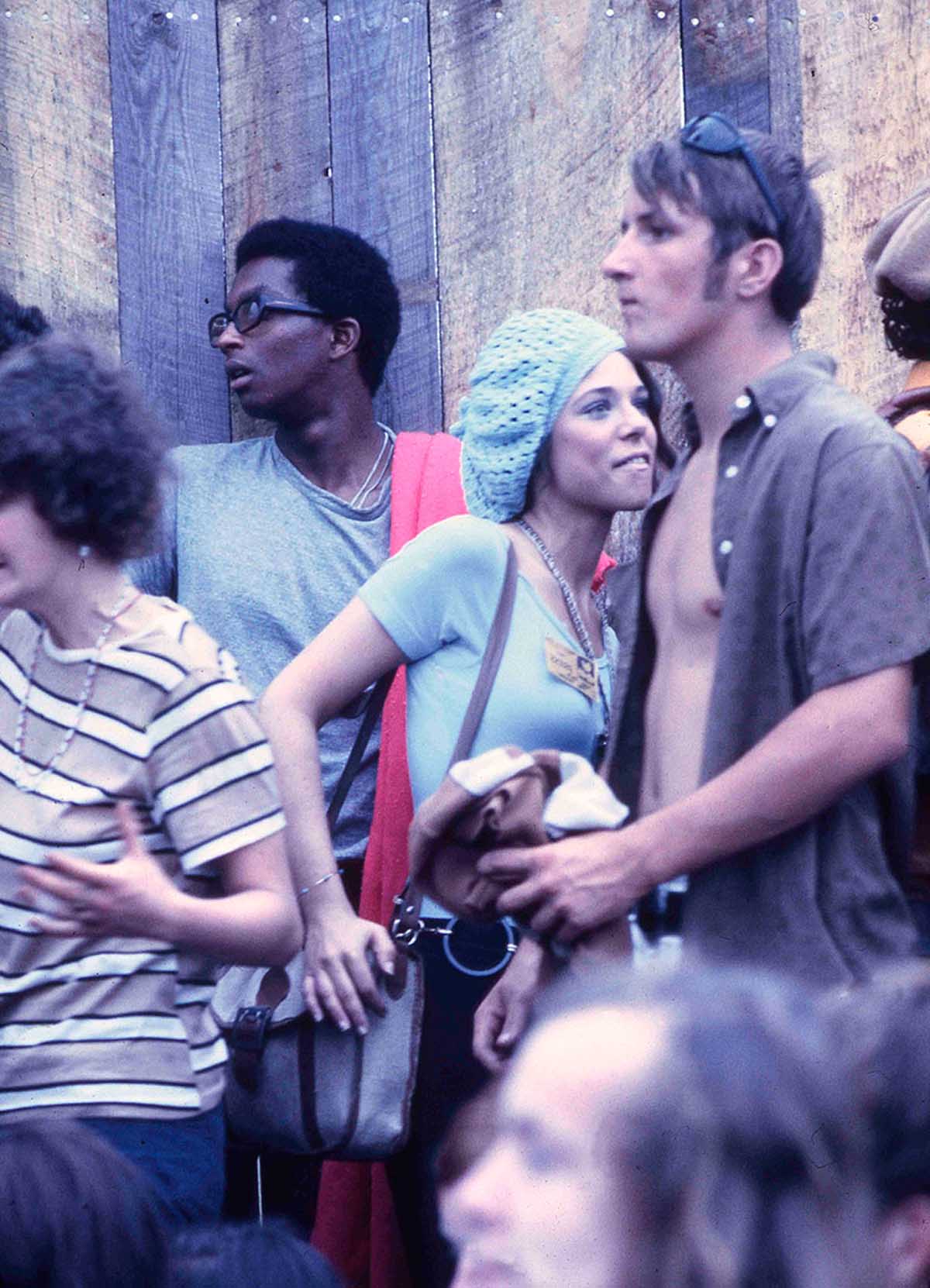



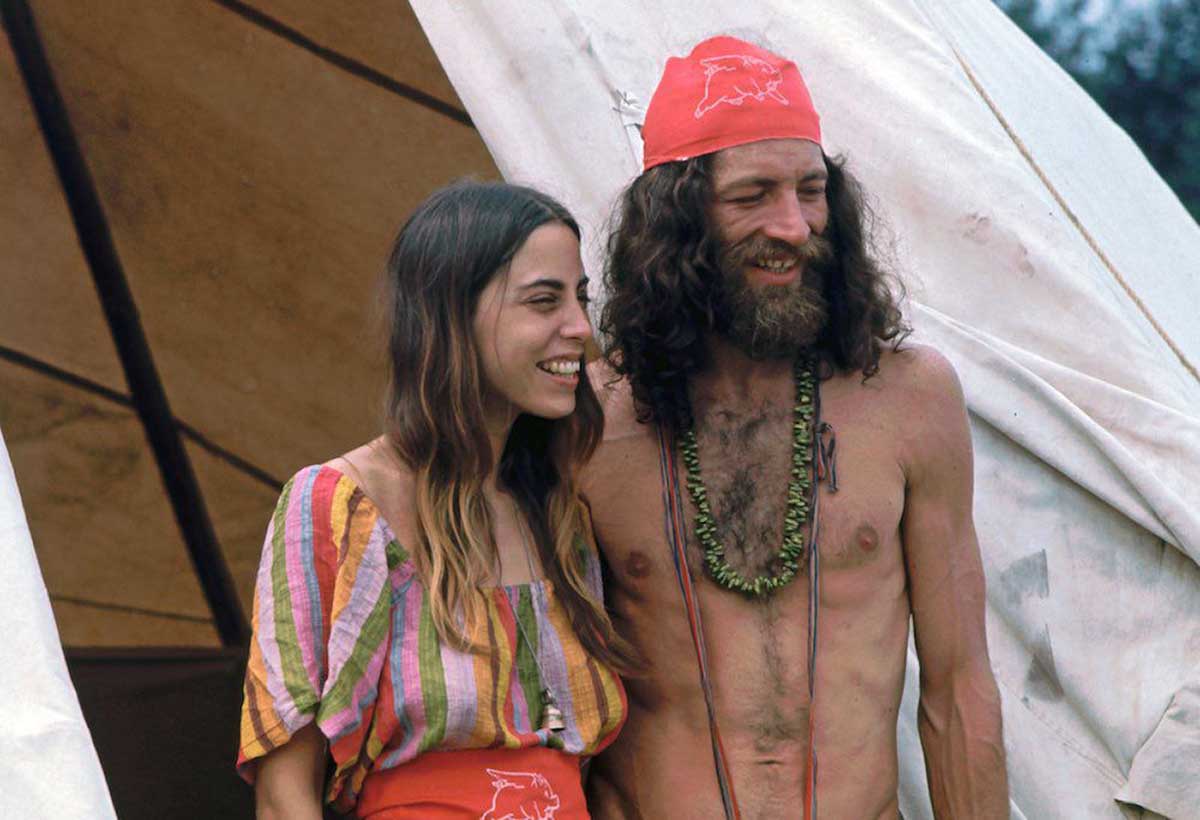



(Photo credit: Time Life Pictures / Getty Images / Pinterest / Flickr / BoredPanda).
Updated on: July 24, 2024
Any factual error or typo? Let us know.



